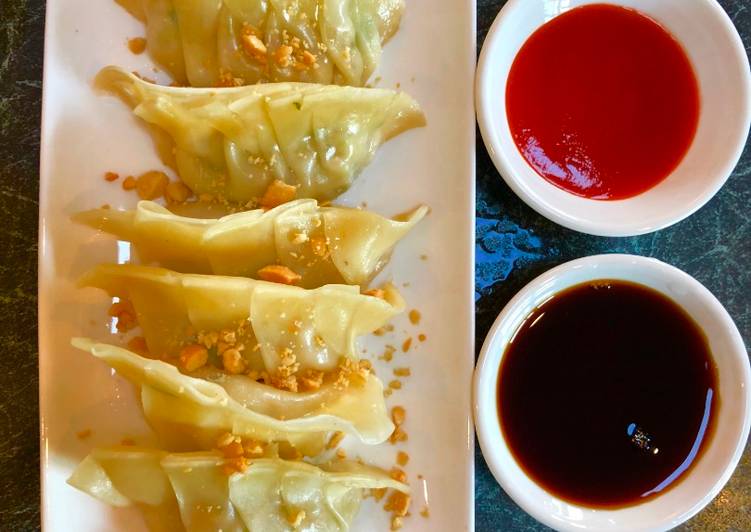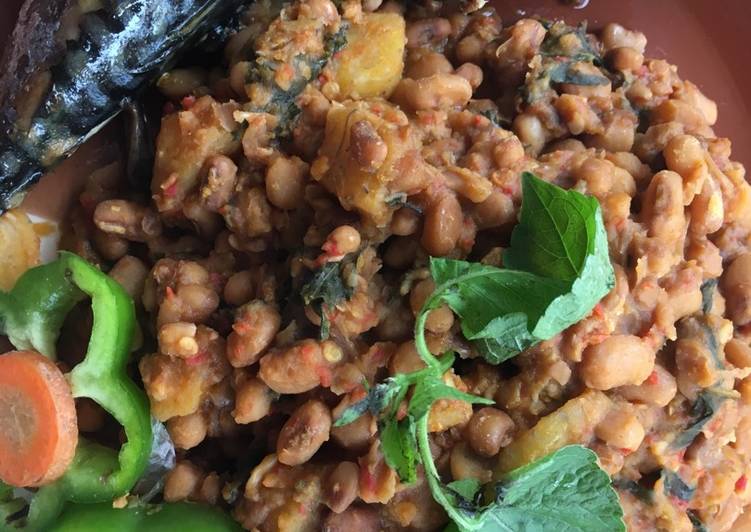
Hey everyone, hope you’re having an incredible day today. Today, I will show you a way to prepare a special dish, gyoza (japanese dumplings). It is one of my favorites. This time, I am going to make it a little bit tasty. This will be really delicious.
Gyoza (Japanese Dumplings) is one of the most popular of current trending meals in the world. It’s simple, it is quick, it tastes delicious. It’s enjoyed by millions every day. They are nice and they look wonderful. Gyoza (Japanese Dumplings) is something which I’ve loved my whole life.
As far as dumplings go, Japanese-style gyoza are some of the simplest to make, if only for the fact Dumpling-making goes faster when there are friends involved. This article covers every trick and. Juicy on the inside, crispy and golden brown on the outside, these Japanese pan-fried dumplings, Gyoza, are popular weeknight meal as well as a great.
To get started with this particular recipe, we have to prepare a few ingredients. You can cook gyoza (japanese dumplings) using 11 ingredients and 13 steps. Here is how you cook that.
The ingredients needed to make Gyoza (Japanese Dumplings):
- Make ready 32 Dumpling wrappers
- Prepare 2 cloves Garlic
- Get 1/3 Chinese cabbage
- Take 1 handful chopped spring onions or scallions
- Take 1 teaspoon Salt and pepper
- Make ready 1 teaspoon Cayenne chilli powder
- Get 1 teaspoon Cumin powder
- Get 1 handful chopped Fresh coriander
- Get Sesame oil
- Take 300 grams Peeled and deveined prawns/shrimp
- Take Dipping sauces of choice
It's so much fun traveling there because of all the foods that are new to most of us, like Osaka's favorite. A wide variety of japanese dumplings gyoza options are available to you. The famous Japanese gyoza are crescent-shaped dumplings that have originated from the traditional Chinese jiaozi dumplings. The recipe was slightly altered to accommodate the Japanese taste, and.
Instructions to make Gyoza (Japanese Dumplings):
- If you have bought frozen dumpling wrappers make sure you remember to thaw them out / defrost them ahead of time.
- Shred your cabbage and onions in a blender.
- Take your prawns and squeeze as much of the moisture out as possible with some paper towels. Then shred them in a blender.
- Add the shredded ingredients to a large bowl.
- Finely chop and add the coriander.
- Finely chopped and add garlic. Also add your seasoning and spices.
- Add some seasame oil, enough so that you can mix the filling together into a paste.
- Take a single dumpling wrapper and put a heaped teaspoon in the middle.
- Wet your finger in the water and dampen the exposed bottom half of the wrapper.
- Fold the wrapper in two and pleat across, making sure you apply enough pressure so that the edges stick.
- When you have finished preparing the dumplings, heat some sesame oil in a pan. Then fry until the bottom of each dumpling is golden brown.
- Add 1/2 cup of water to the pan and cover. Leave until all the water has evaporated. The dumpling should look nice and moist - if they are still a little on the hard/dry side just add a bit more water.
- I like to serve them with soy sauce, chilli sauce and some crumbled roasted peanuts.
Gyoza are dumplings stuffed with a savory filling of ground meat and veggies. Japanese gyoza tend to be made with a thinner wrapper and stuffed with a finer filling than Chinese potstickers. Gyoza are small Japanese dumplings which have been filled with ingredients like minced pork and vegetables. Although they can be boiled or steamed, normally they are fried and then eaten with a. Gyoza is a type of Japanese dumplings, with juicy meat filling inside of dumpling wrappers.
So that is going to wrap it up with this exceptional food gyoza (japanese dumplings) recipe. Thanks so much for your time. I am sure that you can make this at home. There’s gonna be more interesting food at home recipes coming up. Remember to bookmark this page on your browser, and share it to your family, colleague and friends. Thank you for reading. Go on get cooking!


